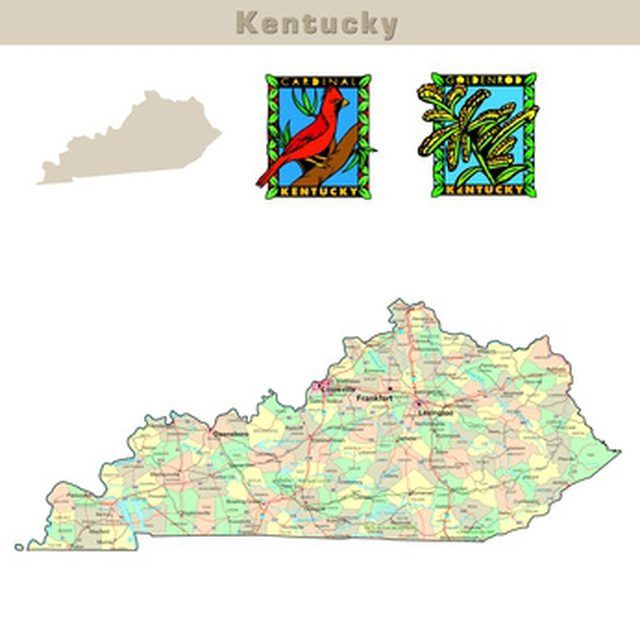Bulbs
Flower Basics
Flower Beds & Specialty Gardens
Flower Garden
Garden Furniture
Garden Gnomes
Garden Seeds
Garden Sheds
Garden Statues
Garden Tools & Supplies
Gardening Basics
Green & Organic
Groundcovers & Vines
Growing Annuals
Growing Basil
Growing Beans
Growing Berries
Growing Blueberries
Growing Cactus
Growing Corn
Growing Cotton
Growing Edibles
Growing Flowers
Growing Garlic
Growing Grapes
Growing Grass
Growing Herbs
Growing Jasmine
Growing Mint
Growing Mushrooms
Orchids
Growing Peanuts
Growing Perennials
Growing Plants
Growing Rosemary
Growing Roses
Growing Strawberries
Growing Sunflowers
Growing Thyme
Growing Tomatoes
Growing Tulips
Growing Vegetables
Herb Basics
Herb Garden
Indoor Growing
Landscaping Basics
Landscaping Patios
Landscaping Plants
Landscaping Shrubs
Landscaping Trees
Landscaping Walks & Pathways
Lawn Basics
Lawn Maintenance
Lawn Mowers
Lawn Ornaments
Lawn Planting
Lawn Tools
Outdoor Growing
Overall Landscape Planning
Pests, Weeds & Problems
Plant Basics
Rock Garden
Rose Garden
Shrubs
Soil
Specialty Gardens
Trees
Vegetable Garden
Yard Maintenance
Seed Planting Guide for Kentucky
Seed Planting Guide for Kentucky. Sowing seeds in the state of Kentucky depends on the area of the state in which you live. Not all plants will grow and thrive in all of the areas of the state. The climate in Kentucky is excellent for growing a variety of different plants from seed, including native plants that are adapted to the environmental...

Sowing seeds in the state of Kentucky depends on the area of the state in which you live. Not all plants will grow and thrive in all of the areas of the state. The climate in Kentucky is excellent for growing a variety of different plants from seed, including native plants that are adapted to the environmental conditions.
Location
Picking out the location of your seed garden is important because seeds need adequate space and sunlight. If you can, situate your garden so that it receives a south or southeast exposure because it will heat up faster in the spring time. You should also call or visit your local nursery or extension office to find which plants grow best from seed in Kentucky.
Soil Preparation
Kentucky has three climatic zones; the western region, central region and the eastern region. It is best to test the quality of your soil in the fall by using a a soil test kit from a garden supply store. Different seeds need different pH ranges to germinate. Soil that is too acidic for a particular seed should have lime added to it to reduce the acid. Alkaline soil can have acidic compost added to increase the acid content. Most native plants are already adapted to the specific soil conditions of the area so the soil may not require any amendment at all.
Vegetable Seeds
Seed planting in Kentucky varies among the three regions. For example, in western Kentucky, asparagus and beets are planted around March 10, but are planted around March 15 in the central region and March 20 in the eastern areas. Broccoli and cauliflower should be planted in the west around March 30, in the central region around April 5 and around April 10 in the east. In addition to the dates of planting, all vegetable seeds must be sown according to the directions on the packet, which will tell you how deep and how far apart to plant.
Grass Seed
To plant grass seed in Kentucky, you need to use the right type of seed for the area in which you live. In the cooler areas, choose a cool-season seed like a tall fescue or ryegrass as these seeds will not survive in very hot weather. Warmer-season grasses like carpet grass or Bermuda grass will work well in the warm regions. You can plant grass seed by hand by scattering it over the ground or by using a machine to disperse seed in larger places. When the seed is properly dispersed, water it so that the soil is moist for several inches and keep damp until the seed germinates and is established.
Ornamental And Flower Seeds
After choosing flower or ornamental plant seeds that grow well in Kentucky, such as snapdragon, columbine, creeping buttercup, crepe myrtle, shrub verbena, lavender or sweet pea, read the directions on the seed packet to find the correct depth to sow the seeds. Be careful not to plant the seeds too deeply. Rake an inch-thick layer of mulch over the garden to protect the seeds, deter weed growth and keep the soil moist.